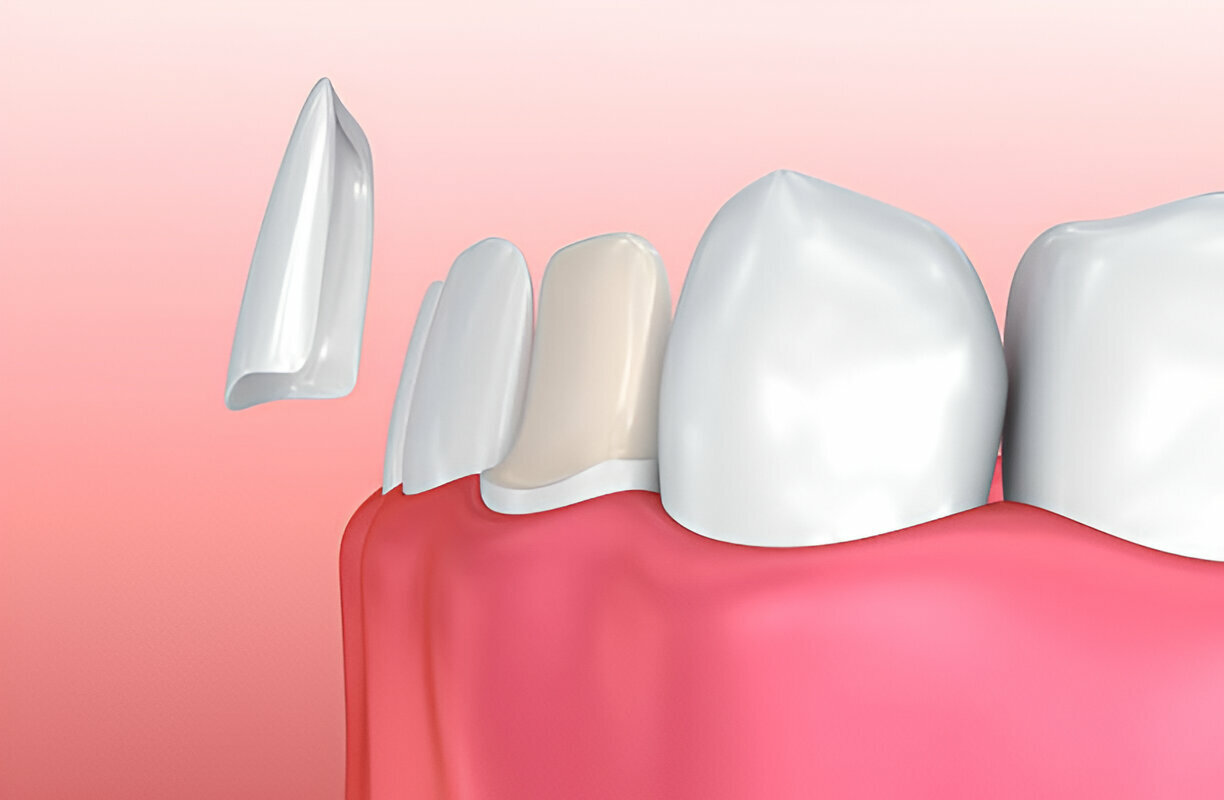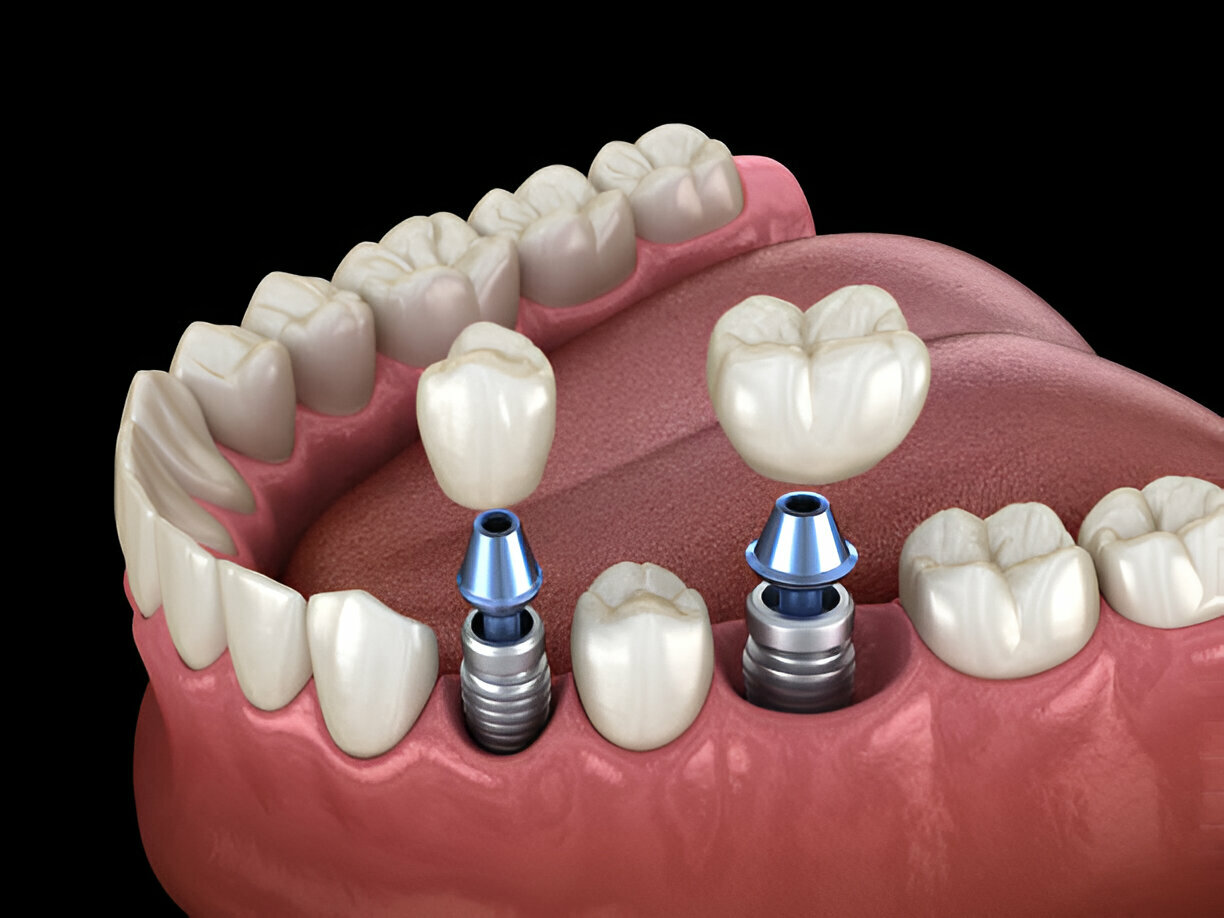Preparing for Your Dental Crown Procedure: What to Expect?
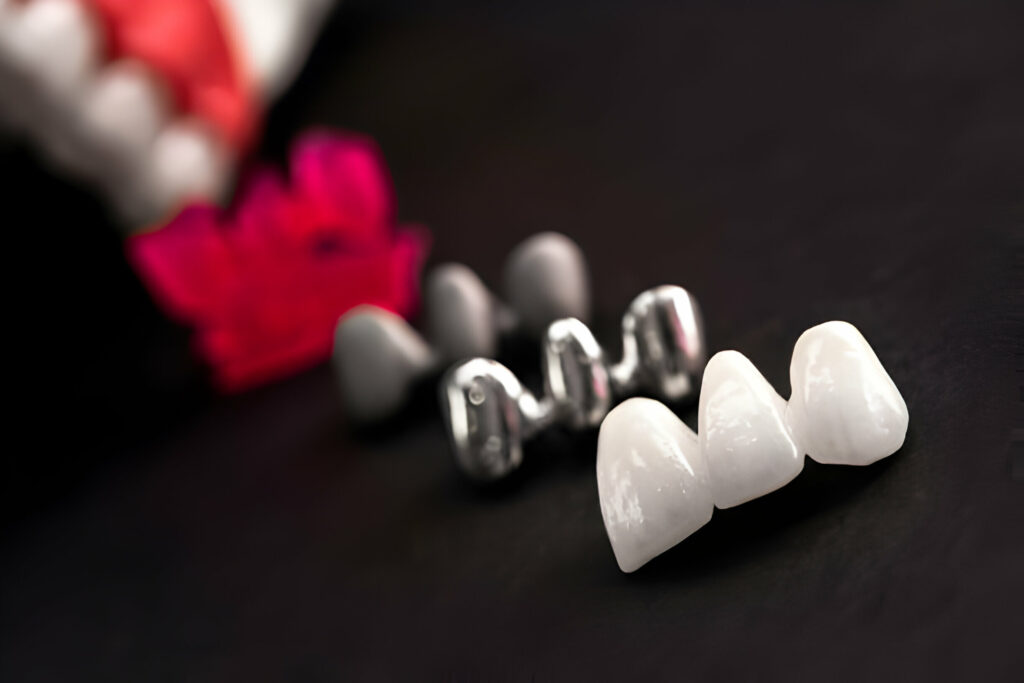
Summary:
Did you know?
Nearly 20% of individuals suffer from oral trauma at some point in their lives. Most of the time, these traumas leave your tooth malformed, chipped, or cracked.
Once you consult a dentist for your teeth for similar symptoms, they will likely suggest a dental crown. Oral crowns are the go-to option for individuals with extremely discolored or particularly weak teeth.
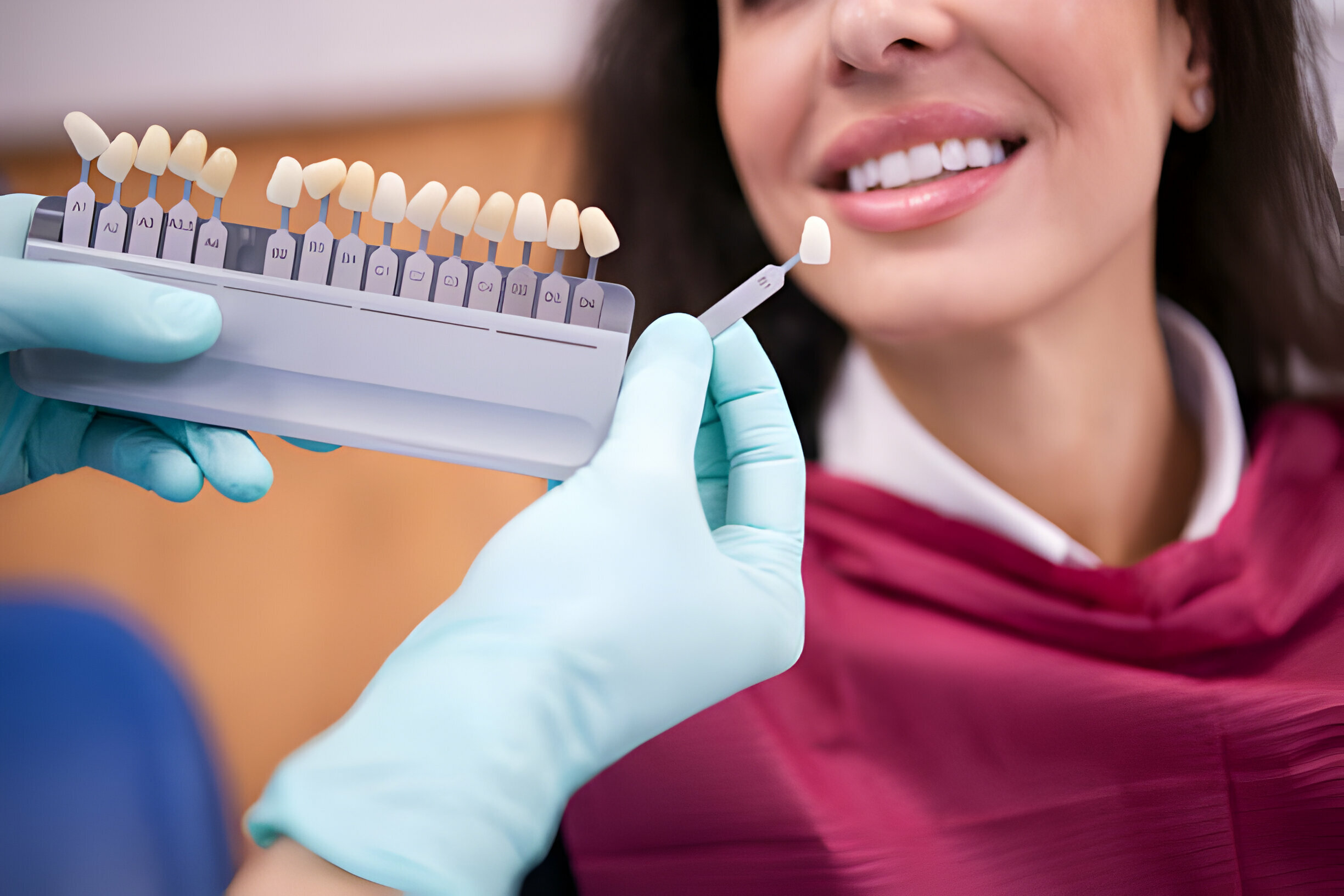
Interestingly, individuals usually have no idea about oral crowns or what to expect during the procedure. Keeping the same in mind, this blog takes a closer look at different aspects of dental crown treatment, namely:
- What are Dental Crowns?
- The Before, During, and After of the Dental Crown Procedure
- Common Problems That May Occur Post-Crown Treatment
- Settling With Your New Crowns
- Tips to Navigate Through Your Dental Crown Procedure
Continue reading as we learn more about it in the following sections.
What are Dental Crowns?
A dental crown is a custom-made permanent restoration that fixes your smile. It is designed to protect your teeth and restore their size, form, or strength.
Thanks to its custom design and fit over your existing teeth, crowns can fit perfectly on your teeth and improve the look of your smile. Once a crown is put in place, it encases the visible part of your tooth and helps you:
- Secure a dental bridge
- Mask discolored or deformed teeth
- Protect decayed teeth
- Repair damaged teeth
- Restore worn-down teeth
- Support and cover the filling when there isn’t enough tooth remaining
Dentists design crowns using various materials, including porcelain and metal. The selection primarily depends on where the crown will be placed, and the strength and durability needed for a particular area generally determine the materials used for your dental crown.
The Before, During, and After of the Dental Crown Procedure
Before A Dental Crown Procedure
During the initial session, your dentist in Irving, TX, will prepare your tooth for the crown. This procedure generally entails taking X-rays of the tooth and surroundings to completely check the roots of your teeth and the surrounding bone. This is critical in ensuring no illness beneath the tooth’s surface.
Once done, your dentist will give you a local anesthetic before prepping your tooth for the crown. Once this is completed, they will take an impression of your tooth and send it to a specialized lab to create your crown.
This procedure normally takes two or three weeks. Meanwhile, your dentist will install a temporary crown on your tooth.
During A Dental Crown Procedure
At your second session, the dentist will remove and replace your temporary crown with a permanent option. Before putting it in place, your dentist will check the color, shape, and size to verify they are perfect.
Additionally, they may also use a local anesthetic to numb the region where the crown will be placed. Once the crown has been set, your dentist will inspect your bite to ensure it is perfect and provide aftercare guidance.
After A Dental Crown Procedure
Once done, there isn’t much downtime after the dental crown procedure. The anesthesia may have numbed your mouth. Therefore, it’s best to avoid chewing on your lips or the inside of your cheeks. Additionally, you may experience some sensitivity once the anesthetic wears off.
Common Problems That May Occur Post-Crown Treatment
Most crowns work well, with some small variations depending on the materials used. Still, more than 10% of crowns must be replaced within the first ten years because of technical or physical reasons.
The common reasons include:
- Fractured crown or misplaced screws
- Chipping near the crown area
- Cementing failure
- Tissue discoloration near the crown
There is not much you can do when you have a dental crown to stop a placement screw from breaking. Or the resin cement from eventually wearing out to the point where it can no longer keep your crown in place.
Remember, the position of your prosthetic also plays a role in dental crown failure. More intricate installation makes crowns on upper teeth more vulnerable to failure than crowns on lower jaws.
Therefore, talking with your dentist about your options and the materials and techniques used is best. This will determine how well the crown functions. Inform your dentist as soon as possible if you encounter any more issues.
Settling With Your New Crowns
After the crown is successfully placed in your cavity, it may take some time before you feel accustomed to your oral appliance. It’s normal for your new crown to feel unusual at first; it will take some getting used to. In a few days, you will feel completely normal.
Besides, dentists for crowns in Irving, TX, suggest being cautious for the first twenty-four hours following the procedure. Avoid chewy or firm foods. You must take the same precautions with your crown as with any other tooth.
This entails flossing once daily and brushing twice daily. Use fluoride-containing toothpaste to keep your teeth strong. If your crown is correctly cared for, it might survive for years.

How to Care for Your Crown?
We advise treating the crown like a real tooth and practicing proper dental hygiene. Despite its new look, the tooth beneath the crown is still susceptible to decay and gum disease.
Brush and floss twice daily with fluoride toothpaste and a soft-bristle toothbrush to keep the area between the crown and neighboring teeth clean. Even now, crowns can shatter and deteriorate. Patients are advised to refrain from biting onto uneven surfaces or breaking porcelain crowns.
If dental crowns are properly maintained, they can last for many years. But if the cement weakens or the tooth holding the crown rots, it may eventually come loose. During every routine dental appointment, the dentist inspects the crowns to ensure they are firmly adhered to.
Tips to Navigate Through Your Dental Crown Procedure
A dental crown is placed using techniques that often require some anesthesia. A local anesthetic is generally sufficient.
Here’s how to prepare for dental appointments, as well as helpful after-care tips:
1. Make arrangements for a ride home
The amount of anesthesia used by a dentist varies from case to case. Patients suffering from anxiety may require sedation dentistry, which may leave them sleepy following the surgery. Hence, such patients will not be able to drive themselves home. They will need to organize transportation to and from the dentist’s office.
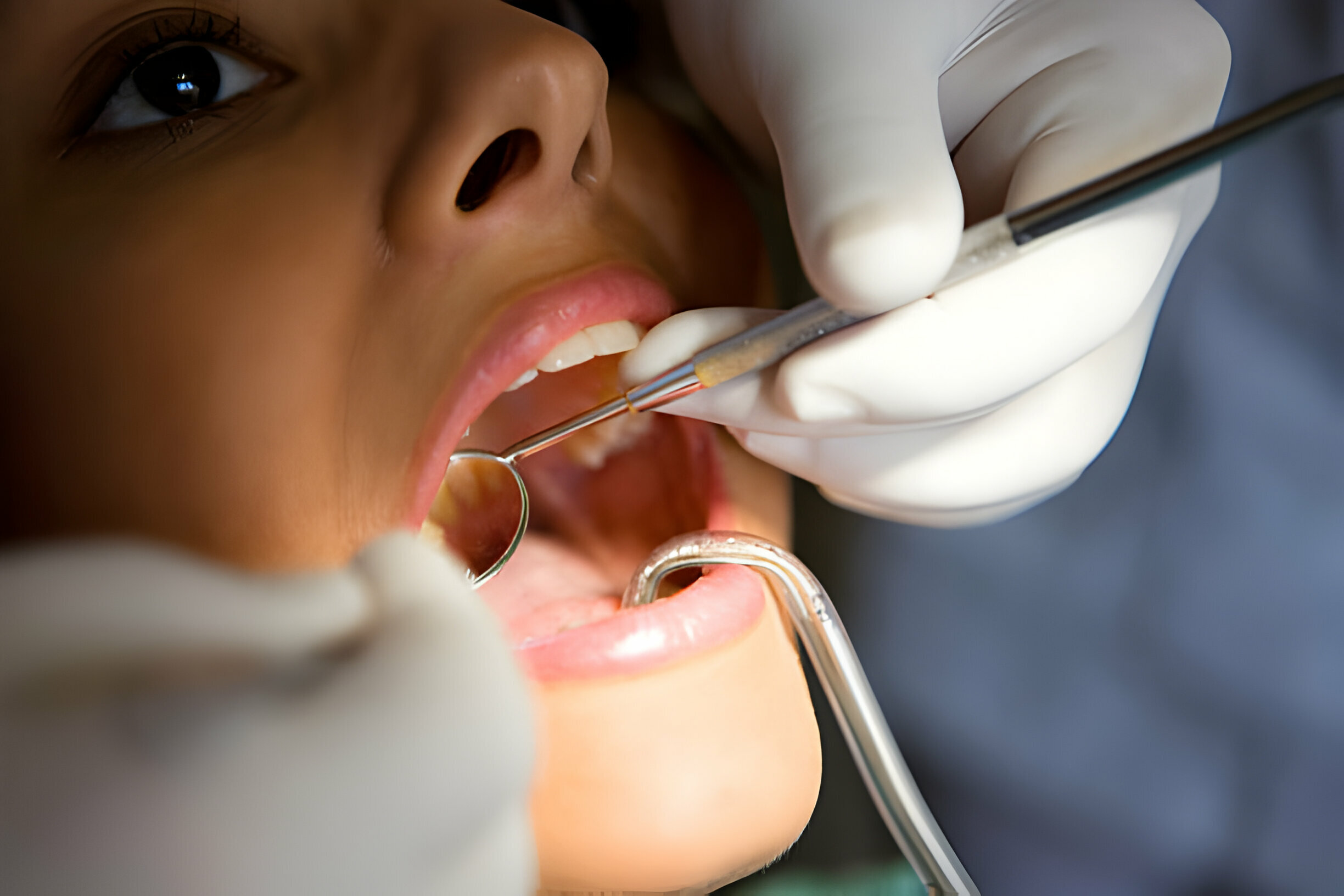
2. Make plans to manage discomfort at home
Dentists notify patients if they require pain medication following a dental operation and may recommend over-the-counter pain relievers. Patients treated for tooth decay in preparation for a dental crown may also need home treatments such as using an ice pack or elevating the head.
3. Arrange for soft foods for the recovery period
Dentists counsel their patients to safeguard their teeth from unwanted stress and strain. They will advise their patient to keep to soft meals in the days after therapy. It is advisable to make plans for these foods before the surgery.
Takeaway
- A dental crown is a custom-made permanent restoration that fixes your smile.
- There is not much you can do when you have a dental crown to stop a placement screw from breaking.
- During the initial session, your dentist in Irving, TX, will prepare your tooth for the crown.
- If dental crowns are properly maintained, they can last for many years.
- Get the most out of your smile with dental crown treatment at Gentle Dentistry of Las Colinas. Visit us today!


